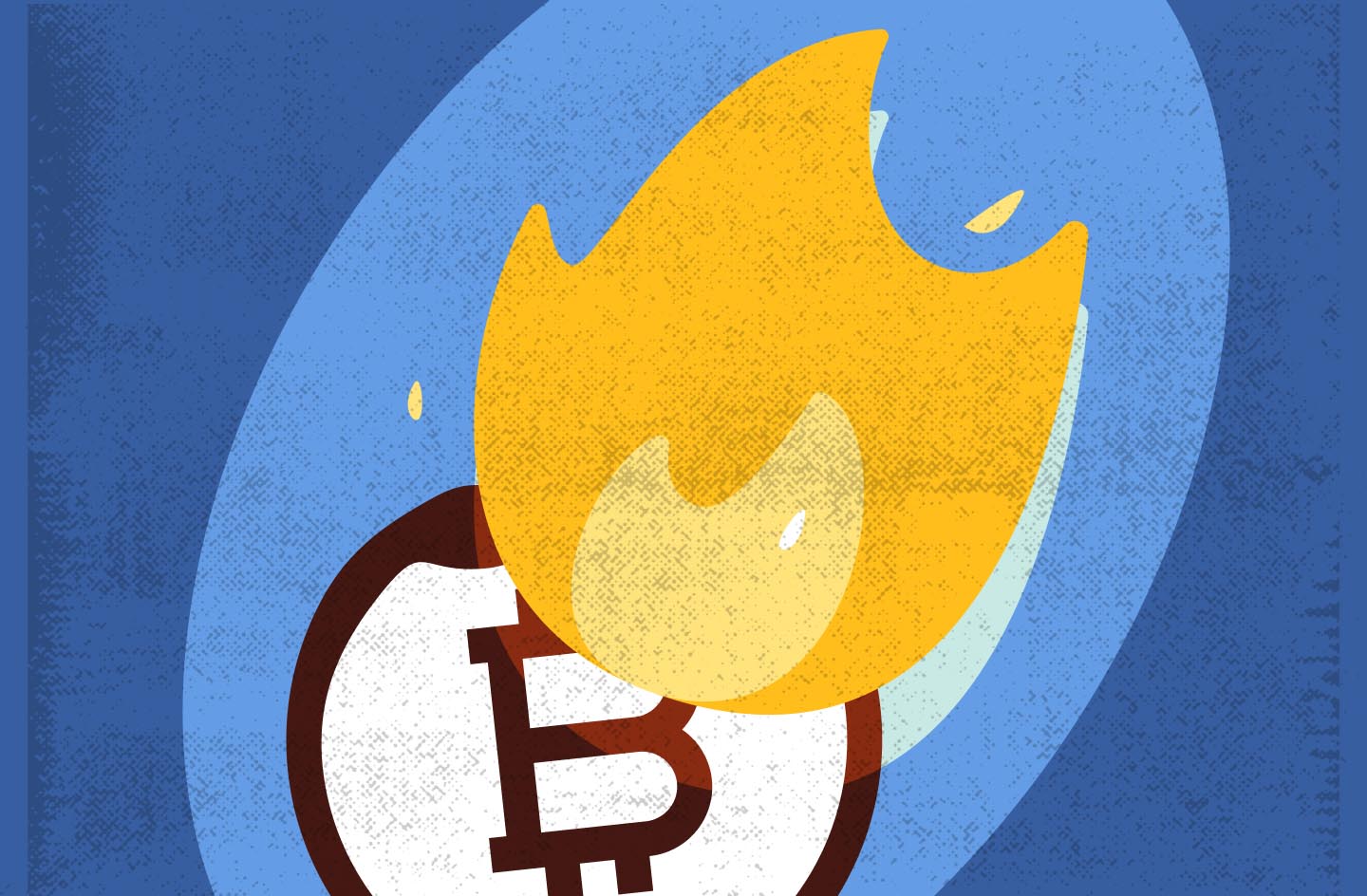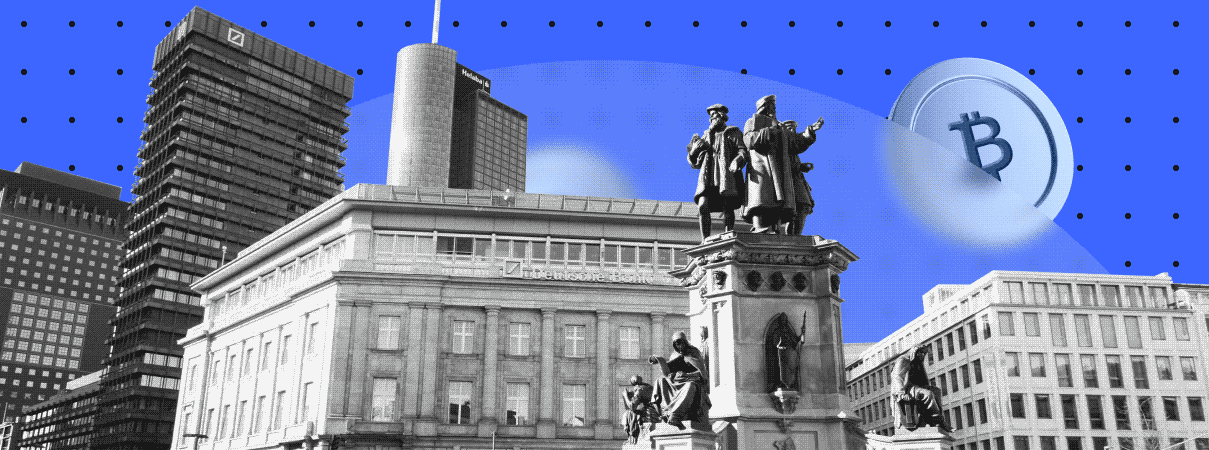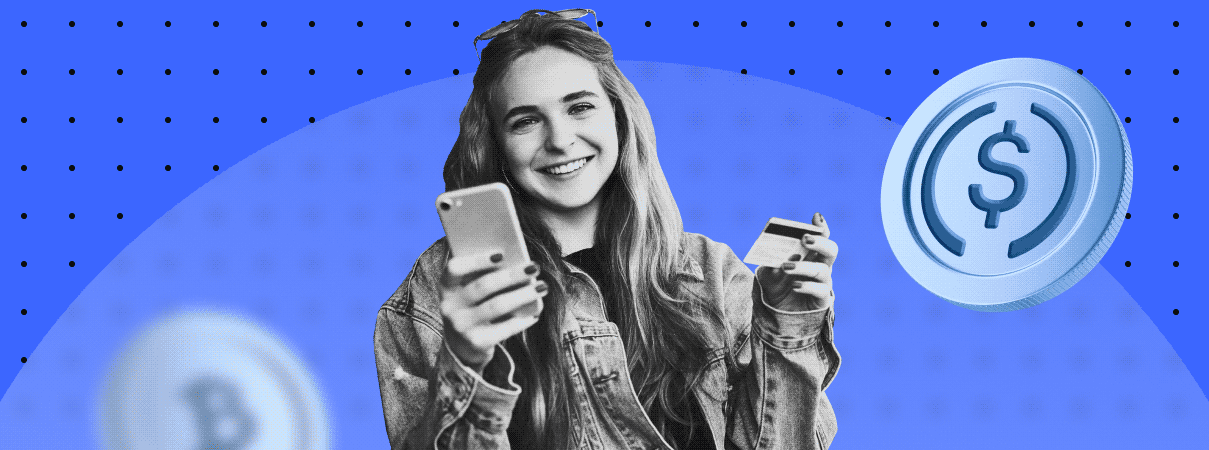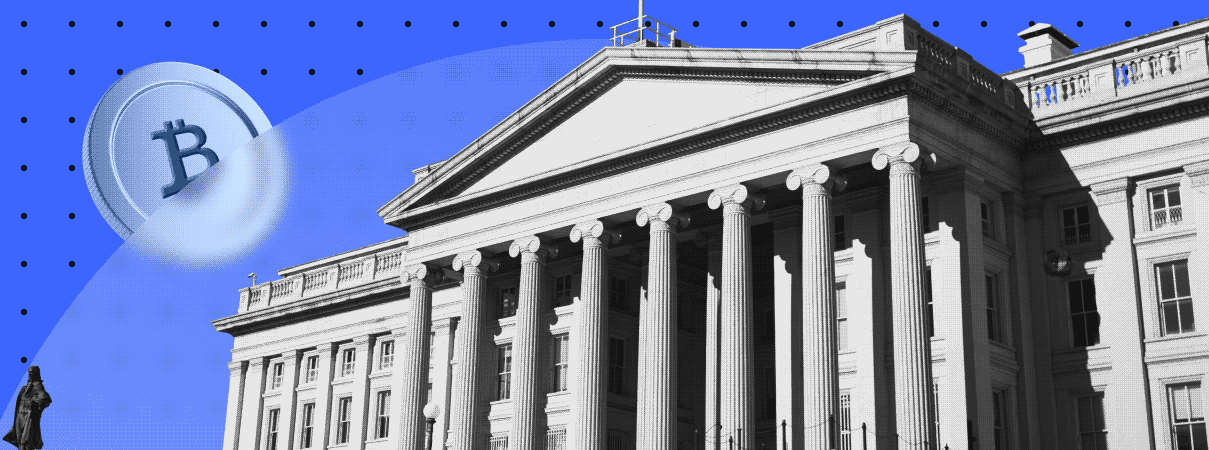“Coin burn” is a concept in the cryptocurrency world that refers to the deliberate destruction of a certain amount of cryptocurrency to ensure its stability, normalize the exchange rate or create a new cryptocurrency.
What Is Cryptocurrency Burning? Why Is It Done?
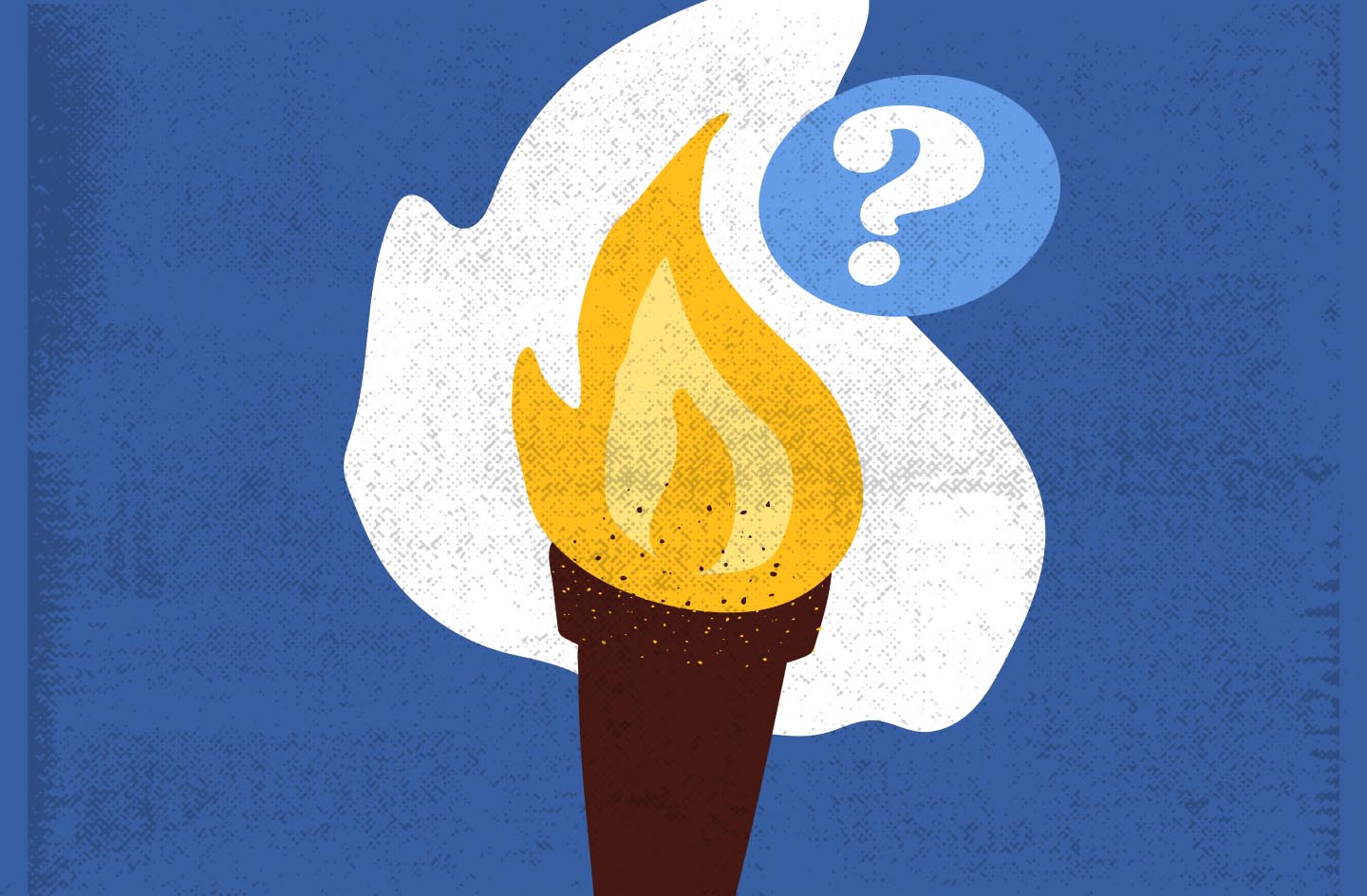
The reasons for crypto coin burning are usually either economic or technical. Following the law of supply and demand, the procedure can be considered a way to artificially increase the value of a cryptocurrency, as the more coins are on the market, the less valuable they are. Certain types of coins (XRP, XLM, etc.) also automatically burn the commission fee during transfers, to prevent the spamming of small exchange transactions.
There are several reasons to burn cryptocurrencies:
- to artificially increase the price: reducing the number of coins is considered the easiest way to increase a cryptocurrency’s value;
- to provide liquidity: by limiting the number of new tokens, it is possible to maintain demand for the currency and ensure its economic attractiveness;
- to create new currencies (hard forks): by separating a certain amount of coins with a modified encryption protocol, a new cryptocurrency can be designed and brought to the public market;
- consensus-building: in the case of coins based on the PoB (Proof-of-Burn) consensus model, it is possible to reach consensus through cryptocurrency burning when carrying out transactions in distributed networks;
- protection against attacks: token burning prevents DDoS attacks and attempts to block the network by spamming it with requests.
Different Types of Coin Burning
There are a few different ways to burn cryptocurrency coins. Let’s take a look at each one.
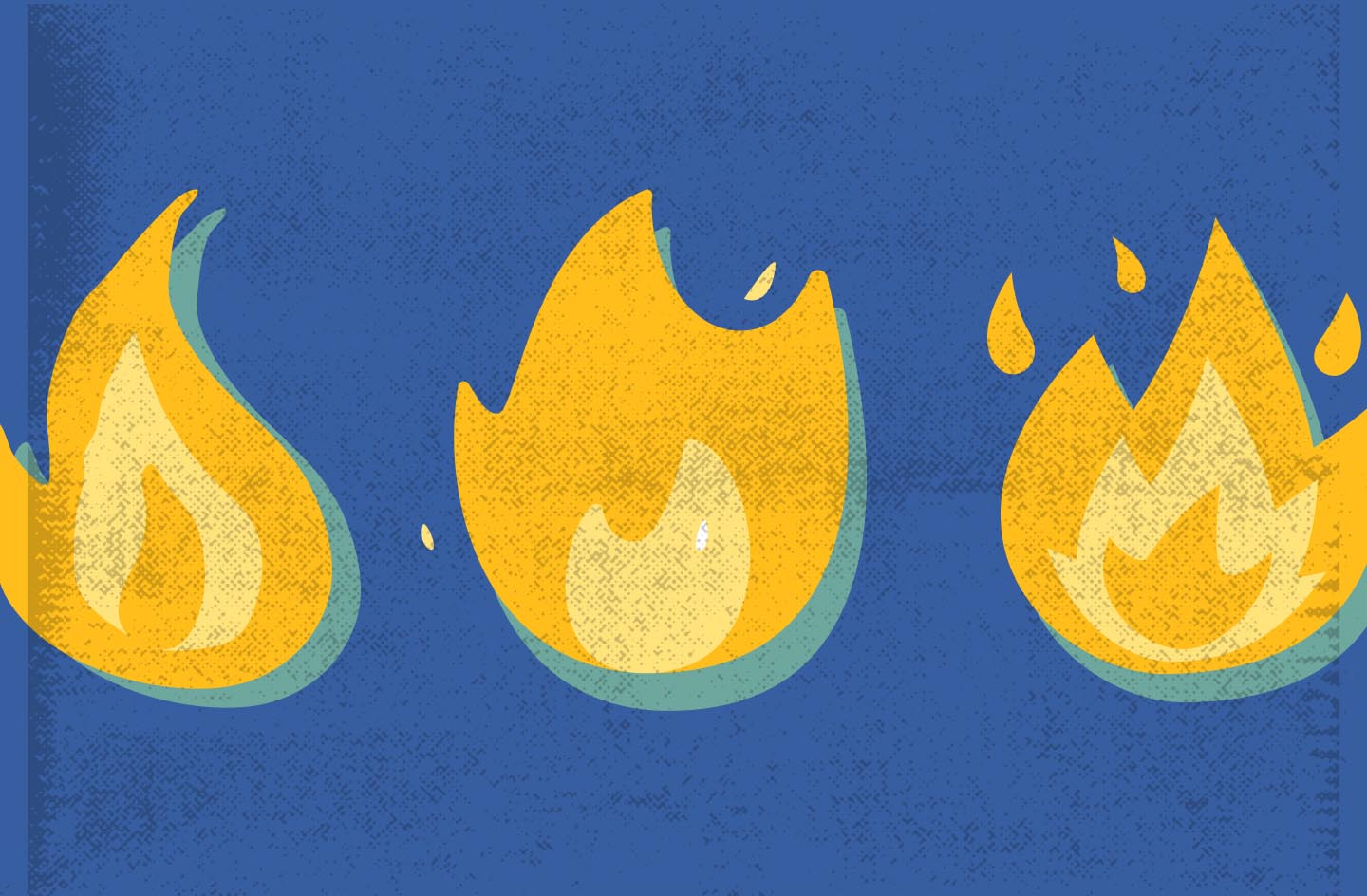
Using Specialized Applications
The easiest method is to use specialized software developed to burn already created coins of specific cryptocurrencies. Users enter the desired amount of coins into a particular field, and then the burning is performed automatically.
Using Publicly Available Addresses
Crypto coins are sent to a special public address, from where the assets cannot be spent due to the lack of access to the private keys. After some time, the address is cleared and the coins are simply destroyed.
Burning Coins as Commission
The algorithms of most cryptocurrencies allow for the destruction of assets in case of a transaction. Thus, when coin holders make a transfer, the transaction fee is simply destroyed, eliminating the possibility of transaction spam attacks and reducing the supply of a particular currency.
Creating a Hard Fork
In this case, the encryption protocol is changed by introducing a new rule incompatible with the existing software. As a consequence, some coins become excluded from the transaction volume.
Requesting Partial Commissions
If the software code is changed or third-party applications are connected to burn coins, it is possible to request partial transaction commissions, making the assets disappear. In this case, no information about the financial transactions will be entered into the blockchain, so the coins simply cannot be used.
Proof-of-Burn
The Proof-of-Burn algorithm is a little-known method of receiving tokens or mining certain cryptocurrencies. Using this consensus method, a certain amount of coins obtained with the proof of the mining operation or transaction is destroyed.
Here’s how it works: a user sends the coins to a special address, where they are burned, then the corresponding record is made in the blockchain, which confirms the burning. The user then receives a reward.
Examples of Cryptocurrency Burning
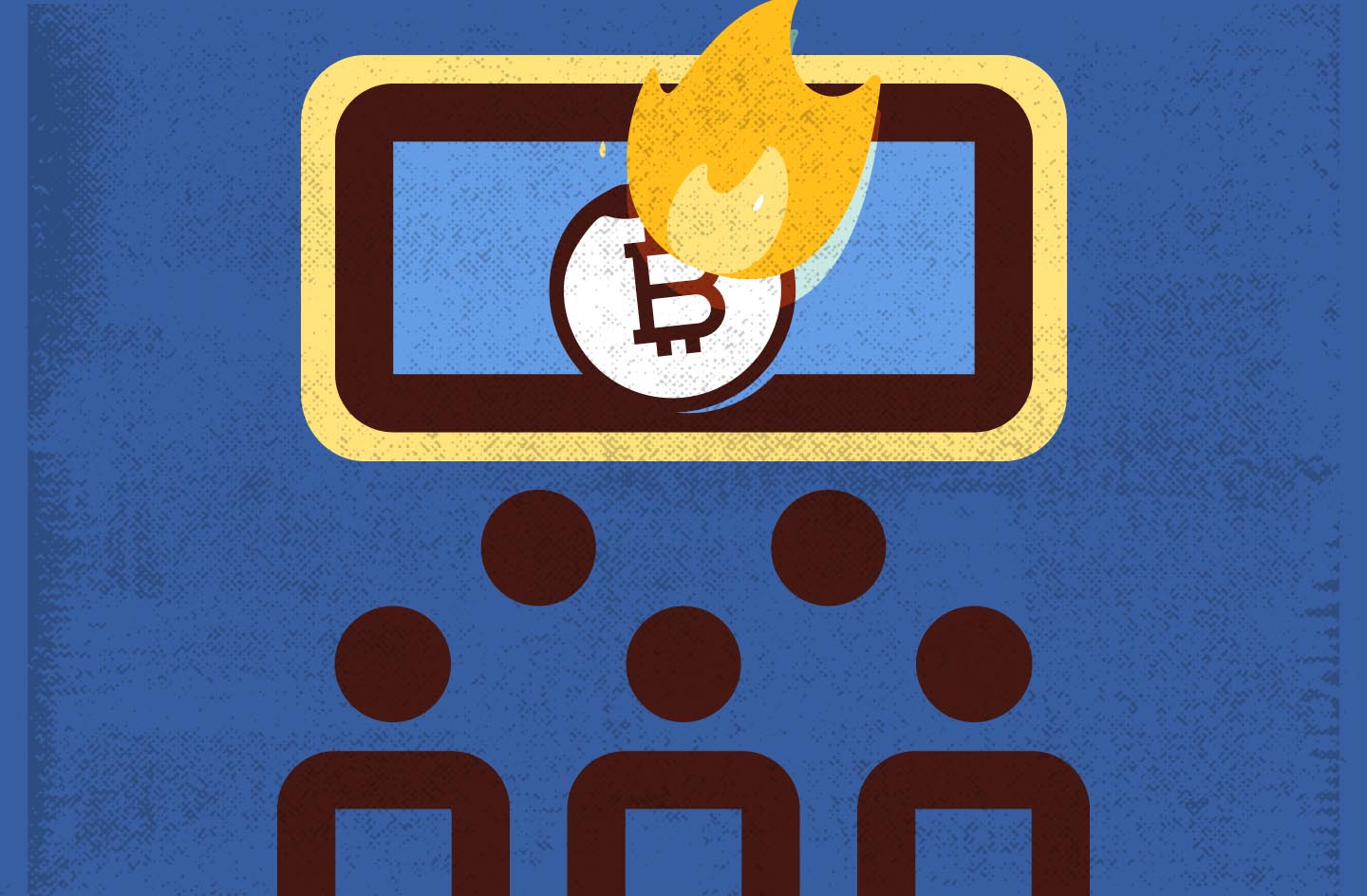
- The most famous example of repeated destruction of “surplus” assets is the token burning on Binance Coin. This procedure is performed quarterly to reduce supply and maintain demand. On average, about $10 million worth of coins is destroyed per burning, which helps keep prices at a consistently high level.
- The Ripple system automatically burns 0.00001 XRP on all financial transactions, which prevents spam transactions. Such loss is completely unnoticeable for the users, but this method is highly effective considering XRP’s vast transaction volume.
- The well-known TRON coin burning. First, 1 billion tokens were burned in the summer of 2018 as a part of the system’s transition from Ethereum to its own networks. Since then, TRON founder Justin Sun has regularly burned hundreds of millions of tokens.
- In the fall of 2018, 500 million USDT coins were burned as a result of doubts among founders and holders about the stability of Tether. Despite these concerns, the coin price did not rise but instead decreased from 100 to 85 cents USD.
- In 2019, Huobi exchange saw the first burning of HT tokens. This was decided by a general vote of coin holders in order to increase the value of the remaining assets.
- At the end of 2020, more than 2 million Bitcoin Private tokens were identified that exceeded the pre-scheduled issuance rate. One of the developers had deliberately created these assets, with a fifth of the illegitimate tokens being sold on cryptocurrency exchanges with no return possible. The BTCP developers created a hard fork to solve this problem, destroying some of both superfluous and real tokens.
- In 2017, Vitalik Buterin announced the destruction of a certain share of Ethereum tokens, which are charged as a commission for using Ethereum-based applications. According to the developer, the burning was done to stabilize the cryptocurrency price.
